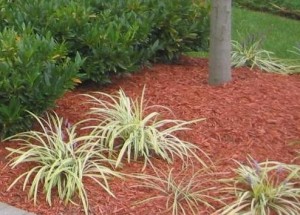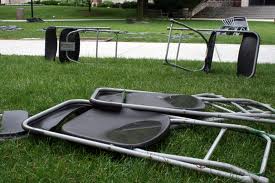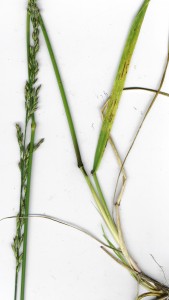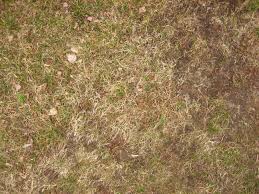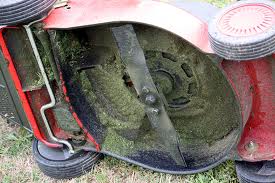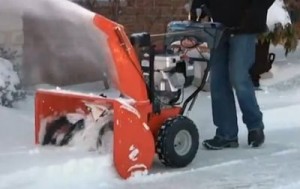Watering your lawn and mowing it are just two of the steps you need in order to make sure it’s green and healthy. But like the hair on the top of your head, there’s more involved than just shampooing and trimming it. You need to devote a bit of time into bringing your lawn to its full potential, and if you take the steps now, it’ll be a lot easier than later in the season.
Benefits of Mulching Your Lawn
Think of how you go about your day: you don’t just wake up, go to work, and then fall asleep again at the end of it, do you? Probably not. Instead, you take a shower so you feel good and smell clean, and eat a few meals so your body has enough energy to keep on ticking.
Your lawn is the same way in that it needs maintenance and nutrition. Mulching helps put back into the earth what others may consider lawn waste, and can save up to 25% of your fertilizing costs. Still not convinced? Mulching, when done properly, can help cut down on the weeds in your lawn because it cuts off one of most valuable resources they need: sunlight. A good layer of mulch keeps weeds shaded, preventing them from being able to suck the nutrients out of your lawn.
Mulching also acts as an air-conditioning blanket for your lawn by keeping the soil cool and shaded. You don’t need to be a scientist to know that the more sun exposed soil has, the more it can dry out. And the more it dries out, the less moisture there is for your grass to grow strong and healthy. By creating this barrier with mulch, you don’t have to worry about your lawn getting dried out or going out there constantly to water the grass.
How to Mulch Effectively
This isn’t a hard or complicated process at all, and just involves the following steps:
While it’s best to mulch your lawn in the fall, it never hurts to do it any time of year that you mow your lawn. Maintenance isn’t something you can do in one day, but rather have to work at it a little bit so your lawn is always lush, green and healthy.


